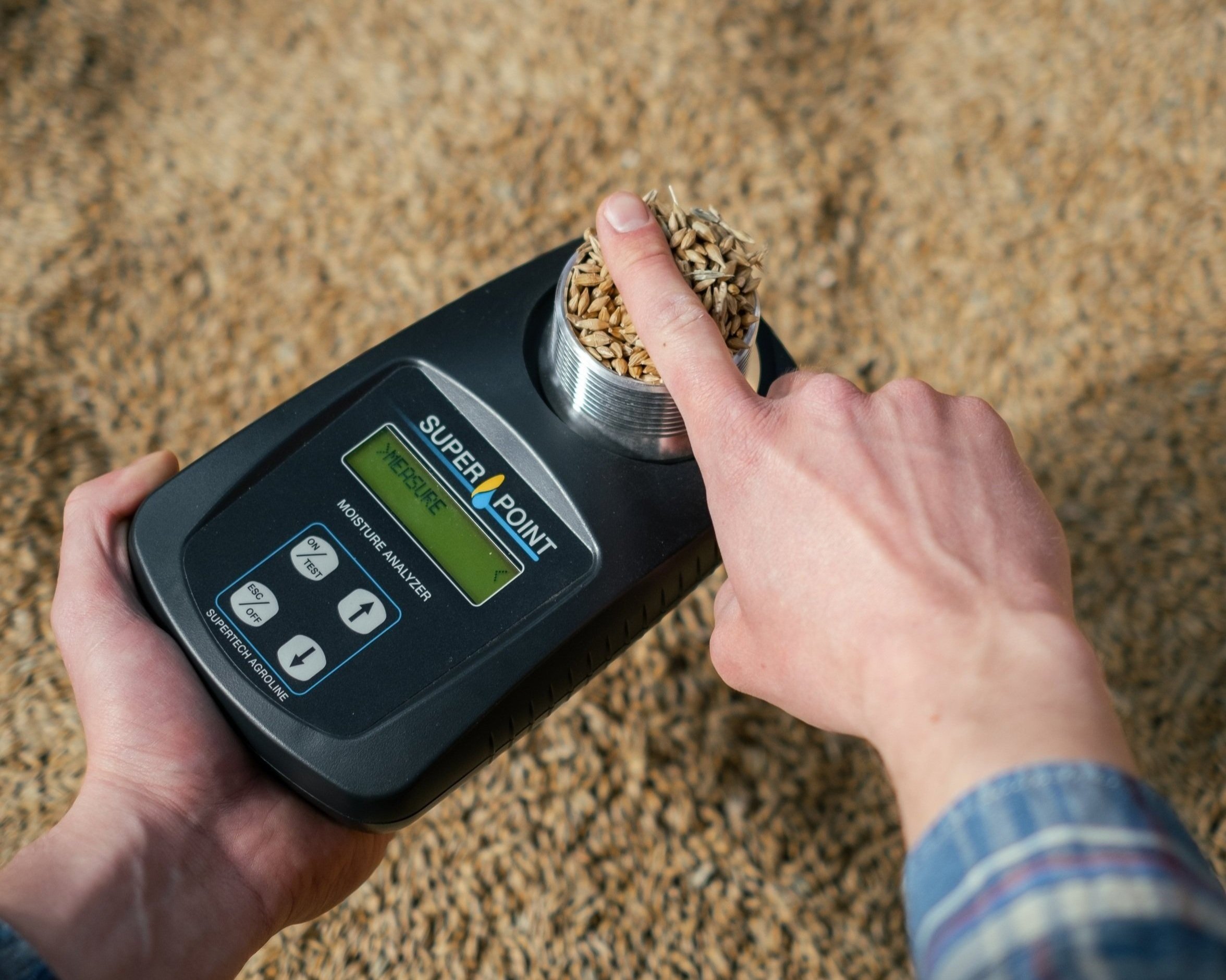Why Every Property Owner Needs a Moisture Meter: Trick Benefits and Functions
Why Every Property Owner Needs a Moisture Meter: Trick Benefits and Functions
Blog Article
Look Into the World of Moisture Meters: Whatever You Required to Know
In the world of moisture meters lies a globe of precision and functionality that commonly goes unnoticed. Understanding how moisture meters operate, the various kinds available, and their diverse usages can shed light on their value in guaranteeing quality and effectiveness.
Just How Moisture Meters Work
Moisture meters operate by determining the electric conductivity or capacitance of materials to establish the moisture web content existing. These meters are invaluable devices throughout numerous sectors, consisting of farming, woodworking, and building and construction. By using different methods such as pinless or pin-type innovation, dampness meters supply exact analyses that assist experts make educated choices.
Pin-type wetness meters function by putting the sharp pins right into the material being examined. On the various other hand, pinless dampness meters make use of electro-magnetic signals to check a larger location without triggering any kind of damages to the product's surface area.
Despite the approach used, dampness meters play a vital role in preventing concerns such as mold and mildew growth, architectural damage, or item defects brought on by excess moisture. Recognizing exactly how these meters work is necessary for ensuring the quality and stability of products in numerous applications.
Sorts Of Moisture Meters
Provided the essential duty wetness meters play in numerous sectors, it is necessary to understand the different kinds available to professionals for precisely assessing dampness degrees - Moisture Meter. There are mostly 2 main kinds of dampness meters: pinless and pin-type dampness meters

On the various other hand, pinless dampness meters make use of electromagnetic sensing unit plates to check a bigger location of the product without triggering any damages. This type is suitable for swiftly scanning large locations and is commonly made use of for flooring, wall surfaces, and ceilings. Pinless meters are hassle-free for taking analyses on finished surface areas without leaving any noticeable marks.
Both sorts of moisture meters have their advantages and are chosen based on the certain needs of the task handy. Recognizing the differences in between these types is essential for professionals to make accurate moisture assessments.
Applications Throughout Industries
With varied performances, moisture meters find prevalent application across numerous sectors, helping professionals in making sure optimal conditions for frameworks and materials. In the agriculture industry, dampness meters are very useful for identifying the moisture web content in grains, seeds, and hay, making sure high quality control and preventing mold and mildew growth. Construction experts rely upon wetness meters to assess the wetness degrees in building products like concrete, timber, and drywall, which is vital for maintaining architectural integrity and stopping problems like rot or mold. The floor covering sector utilizes dampness meters to measure the wetness web content in subfloors prior to installing various flooring, preventing pricey problems because of excess wetness. In the food sector, moisture meters are used to check and manage moisture degrees in items such as grains, nuts, and dried out fruits to keep freshness and quality. Furthermore, wetness meters play a vital function in the remediation and damage evaluation industry by helping professionals identify and attend to water damages in structures quickly. Throughout these diverse industries, wetness meters are crucial tools for making sure the top quality, safety and security, and long life of different products and products.
Tips for Using Wetness Meters
Make use of the dampness meter's calibration setups to ensure exact readings when determining the moisture web content in numerous materials. Furthermore, make sure the meter is set to the right dampness array for the material you are gauging to get the most exact outcomes.
When utilizing a pin-type dampness meter, insert the pins to the proper deepness suggested for the material being evaluated. This makes certain that the dampness analyses are drawn from the right depth within the material, giving an extra exact representation of its moisture content. For pinless wetness meters, remember to preserve correct call with the material's surface to get trustworthy analyses.
Regularly examine and replace the batteries in your wetness meter to avoid unreliable readings as a result of reduced power. Shop the meter in a safe and completely dry place when view publisher site not in usage to extend its life-span and keep its accuracy. By complying with these ideas, you can make best use of the efficiency of your moisture meter and get precise wetness material dimensions across various materials.
Maintenance and Calibration
To make certain the precision of dampness web content dimensions, regular upkeep and calibration of the dampness meter are crucial steps in its appropriate functioning. Calibration adjusts the wetness meter to guarantee that it offers consistent and reliable outcomes.
Calibration needs to be carried out regularly, particularly if the dampness meter is utilized frequently or in vital applications where specific measurements are called for. By calibrating the dampness and maintaining meter on a regular basis, individuals can rely on the accuracy of the moisture content dimensions gotten.
Conclusion

To conclude, dampness meters play a vital function in various sectors by precisely determining the moisture web content of products. Understanding just how these gadgets function, the different types readily available, and proper upkeep and calibration are essential for getting trusted results. Whether in production, building and construction, or agriculture, making use of wetness meters helps guarantee top quality control and effectiveness in procedures.

In verdict, moisture meters play a vital duty in various industries by accurately gauging the dampness content of products.
Report this page